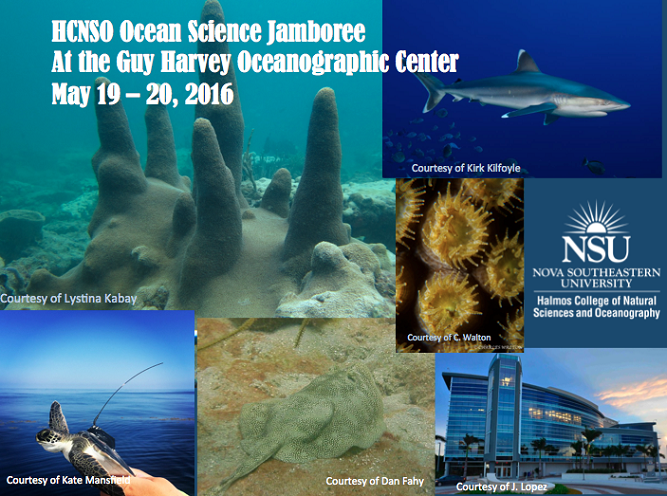Can skeletal morphology support new molecular phylogenies of Antedonidae (Crinoidea: Comatulida)?
Location
Guy Harvey Oceanographic Center Facility
Start
5-20-2016 5:30 PM
End
5-20-2016 5:45 PM
Abstract
Antedonidae (Crinoidea: Comatulida) is the largest of extant crinoid families; it currently includes ~155 accepted species in 50 genera and accounts for ~23% of extant crinoid species (~29% of feather stars) and 27% of genera. Molecular phylogenies have returned the family as polyphyletic, with several clades scattered among non-antedonid sister groups. Traditional morphological characteristics are thus inadequate for reconstructing relationships among taxa. We are using SEM imaging in an effort to discover new diagnostic features that will support the molecular data, focusing on skeletal ossicles within the calyx, specifically the radial ossicles, as they are least likely to be affected by their hydrodynamic environment. We are using geometric morphometric analysis and landmark software to systematically compare equivalent skeletal parts among antedonid and non-antedonid sister taxa to identify likely homologies and homoplasies. Preliminary SEM images show clear differences in radial morphologies, particularly muscle fossae, both between and within current subfamilies. Although these ossicles are not in direct contact with the environment, additional factors such as size, and, when possible, current, depth, and geographic location will be taken into account. Are genetic forces a factor in constraining .
Can skeletal morphology support new molecular phylogenies of Antedonidae (Crinoidea: Comatulida)?
Guy Harvey Oceanographic Center Facility
Antedonidae (Crinoidea: Comatulida) is the largest of extant crinoid families; it currently includes ~155 accepted species in 50 genera and accounts for ~23% of extant crinoid species (~29% of feather stars) and 27% of genera. Molecular phylogenies have returned the family as polyphyletic, with several clades scattered among non-antedonid sister groups. Traditional morphological characteristics are thus inadequate for reconstructing relationships among taxa. We are using SEM imaging in an effort to discover new diagnostic features that will support the molecular data, focusing on skeletal ossicles within the calyx, specifically the radial ossicles, as they are least likely to be affected by their hydrodynamic environment. We are using geometric morphometric analysis and landmark software to systematically compare equivalent skeletal parts among antedonid and non-antedonid sister taxa to identify likely homologies and homoplasies. Preliminary SEM images show clear differences in radial morphologies, particularly muscle fossae, both between and within current subfamilies. Although these ossicles are not in direct contact with the environment, additional factors such as size, and, when possible, current, depth, and geographic location will be taken into account. Are genetic forces a factor in constraining .


